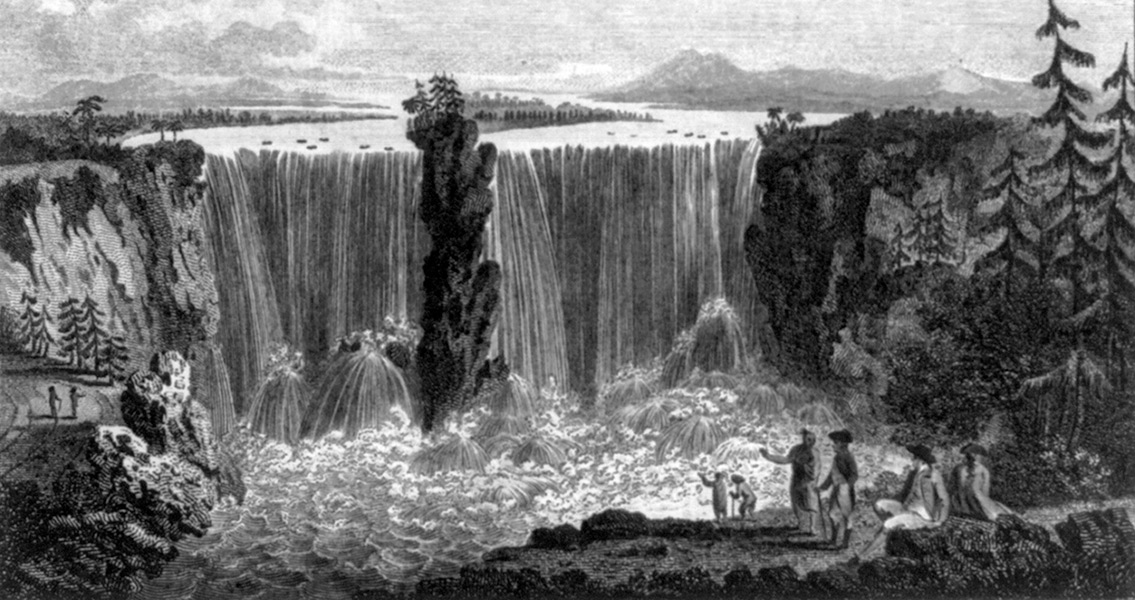<![CDATA[The arrival of European colonists in the Americas decimated the indigenous populations, obliterating whole communities and leaving a legacy of destruction. Conflict and disease wiped out millions of Native Americans as the New World increasingly came under European control. An innovative study, published in the journal Proceedings of the National Academy of Sciences, has offered new insights into both the timing and speed of the spread of European diseases through Native American populations, and the ecological footprint of the subsequent population losses. Historians generally fall into one of two camps when it comes to measuring the spread of European diseases across North and South America. One school of thought is that disease spread shortly after first contact between Europeans and Native Americans, progressing dramatically and reducing the indigenous population to the extent it left a mark on the global climate. The other school doesn't deny the devastation of contact with Europeans, but claims the decimation of the indigenous population was a much more gradual process. The latest study, led by Matt Liebmann, a professor of Anthropology at Harvard University, suggests that both of these explanations are inaccurate. The team of researchers show that in the Jemez Mountains of New Mexico, disease didn't break out until almost a century after first contact between Native Americans and Europeans. Significant population losses probably started after Catholic Franciscan missions were built among native communities, leading to daily interactions with Europeans. Once they had set in however, the effects of European diseases were cataclysmic. In the 18 villages investigated by Prof. Liebmann's team, the native population dropped by 87% in just sixty years: from 6,500 people to fewer than 900. "In the Southwest, first contact between native people and Europeans occurred in 1539," said Liebmann in a press release. "We found that disease didn't really start to take effect until after 1620, but we then see a very rapid depopulation from 1620 to 1680." The cultural consequences of the wave of disease and conflict brought by Europeans are clear, traditional ways of life died out as the languages and histories of Native Americans started to disappear. However, such dramatic demographic changes also had a significant ecological impact. "Forest fires also take off during this period", explained Liebmann. "When people are living in these villages, they need timber for their roofs, and for heating and cooking. In addition, they're clearing the land for farming, so trees weren't growing there when these archaeological sites were inhabited. But as people died off, the forests started re-growing and we start to see more forest fires." Interestingly, the team of scientists didn't use historical records to measure the extent of population loss in New Mexico, but LiDAR. The laser based technology allowed them to map the size and shape of rubble mounds from the collapsed architecture of 18 ancestral villages. From this data they were able to estimate the size of the Native American population. Dendrochronologists in the team then studied tree rings on the sites which had once been villages to determine when the trees had germinated. They noticed a sudden burst in tree growth over a twenty year period in the seventeenth century, a likely result of a sudden drop in population reducing deforestation. "They found that tree growth took off between 1630 and 1650. When we get a cluster of dates in the same 20-year period, that tells us that something happened at these villages to start these trees growing there", explained Liebmann. The massive drop in Native American populations meant a drastic reduction in the amount of trees cut down for building, cooking and agriculture. This in turn led to a substantial increase in the amount of forest fires in the region. "Native American fields were acting as literal fire breaks. But as the forest started re-growing, much more widespread fires occurred. That continued until almost exactly 1900, when a combination of increased livestock grazing and a change in federal forest management policies began to suppress all fires." As well as providing insight into the tragic loss of life which took place at the start of European colonisation of the Americas, the new study raises interesting questions about the connection between human population changes and the environment, questions that are just as important now as they are to the study of history. ]]>
Native American Depopulation Affected Ecology
